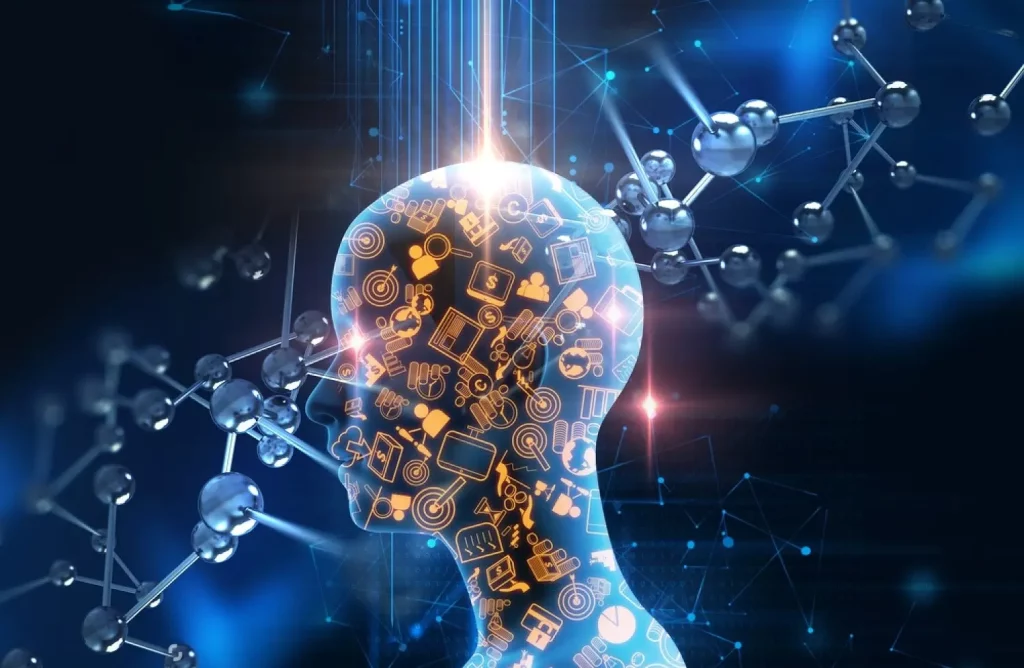Natural Language Processing (NLP) is a branch of Artificial intelligence that enables computers to analyze, understand, and generate human language. NLP is a crucial technology that has a wide range of applications, from chatbots and virtual assistants to sentiment analysis and machine translation. As we become more reliant on digital communication, the demand for NLP is increasing rapidly. In this article, we will explore some of the most common NLP techniques and tools, the challenges associated with NLP, and the future of this technology. Whether you are an NLP enthusiast or just starting to explore the field, this article will provide you with a comprehensive overview of NLP techniques and tools.
NLP Techniques
NLP techniques are algorithms and methods that enable computers to understand and analyze natural language. Here are some of the most common NLP techniques:
Tokenization
Tokenization is the process of breaking down text into smaller units called tokens. Tokens can be words, phrases, or even sentences. Tokenization is an important NLP technique that is used in various applications such as search engines, language translation, and sentiment analysis.
Example: “The quick brown fox jumps over the lazy dog.” -> [“The”, “quick”, “brown”, “fox”, “jumps”, “over”, “the”, “lazy”, “dog”, “.”]
Importance: Tokenization is important because it provides a basic unit of analysis that can be used in various NLP applications.
Part-of-speech (POS) Tagging
POS tagging is the process of assigning parts of speech to each word in a sentence. This technique is used to identify the grammatical structure of a sentence, which is important in various NLP applications such as language translation and sentiment analysis.
Example: “The quick brown fox jumps over the lazy dog.” -> [(The, DT), (quick, JJ), (brown, JJ), (fox, NN), (jumps, VBZ), (over, IN), (the, DT), (lazy, JJ), (dog, NN), (., .)]
Importance: POS tagging is important because it helps identify the grammatical structure of a sentence, which is crucial in various NLP applications.

Named Entity Recognition (NER)
NER is the process of identifying and extracting named entities from a text, such as people, places, and organizations. This technique is used in various applications such as information retrieval, question answering, and sentiment analysis.
Example: “Barack Obama was the 44th President of the United States.” -> [(Barack Obama, PERSON), (the United States, GPE)]
Importance: NER is important because it helps extract meaningful information from unstructured text data.
Sentiment Analysis
Sentiment analysis is the process of identifying the sentiment or emotion expressed in a piece of text. This technique is used in various applications such as social media analysis, customer feedback analysis, and brand monitoring.
Example: “I love this product!” -> Positive sentiment
Importance: Sentiment analysis is important because it helps businesses and organizations understand customer feedback and sentiment towards their products or services.
NLP Tools
There are several NLP tools available that make it easier to implement NLP techniques in applications. Here are some of the most popular NLP tools:
NLTK
The Natural Language Toolkit (NLTK) is a Python library for NLP that provides a set of tools and resources for processing natural language text.
Description: NLTK is a comprehensive toolkit that includes various NLP techniques such as tokenization, POS tagging, and sentiment analysis.
Features: NLTK provides tools for text classification, language modeling, and information extraction.
Examples of applications: NLTK is used in various applications such as sentiment analysis, language translation, and chatbots.
spaCy
spaCy is an open-source Python library for NLP that provides efficient and scalable natural language processing.
Description: spaCy is a fast and efficient library that can process large amounts of text data quickly.
Features: spaCy provides tools for POS tagging, NER, and dependency parsing.
Examples of applications: spaCy is used in various applications such as text classification, entity recognition, and text summarization.
Stanford CoreNLP
Stanford CoreNLP is a suite of NLP tools developed by Stanford University that provides a set of core NLP capabilities.
Description: Stanford CoreNLP provides a set of core NLP capabilities such as named entity recognition, sentiment analysis, and coreference resolution.
Features: Stanford CoreNLP includes tools for tokenization, POS tagging, NER, and sentiment analysis.
Examples of applications: Stanford CoreNLP is used in various applications such as information extraction, chatbots, and sentiment analysis.

Challenges in NLP
While NLP has made significant progress in recent years, there are still several challenges that need to be addressed. Here are some of the main challenges in NLP:
Ambiguity
Natural language is often ambiguous, and words can have multiple meanings depending on the context. This makes it challenging to accurately analyze and understand text data.
Example: “I saw her duck” -> Did she see a bird or lower her head?
Data Quality
The quality of data used in NLP can have a significant impact on the accuracy of results. Data that is noisy, incomplete, or biased can lead to inaccurate analysis and predictions.
Multilingualism
NLP techniques and tools need to be able to handle different languages and dialects. This requires significant resources and expertise.
Privacy and Security
NLP involves processing and analyzing large amounts of text data, which raises privacy and security concerns. Protecting personal data and ensuring data security is crucial in NLP applications.

Future of NLP
NLP is a rapidly evolving field with a bright future. As more businesses and organizations rely on digital communication, the demand for NLP will continue to grow. Here are some of the future trends in NLP:
Deep Learning
Deep learning techniques such as neural networks have shown promising results in various NLP applications and will continue to be an important area of research.
Multimodal NLP
Multimodal NLP involves combining natural language with other forms of data such as images and video. This approach will enable more sophisticated analysis and prediction.
Explainable AI
Explainable AI is an area of research that focuses on making AI models more transparent and interpretable. This will be important in NLP applications where understanding the reasoning behind predictions is crucial.
Conclusion:
NLP is a critical technology that enables computers to analyze and understand human language. NLP techniques such as tokenization, POS tagging, and sentiment analysis, and tools such as NLTK, spaCy, and Stanford CoreNLP have made it easier to implement NLP in various applications.
While NLP still faces several challenges such as ambiguity, data quality, and multilingualism, the future of NLP looks promising with advances in deep learning, multimodal NLP, and explainable AI.







